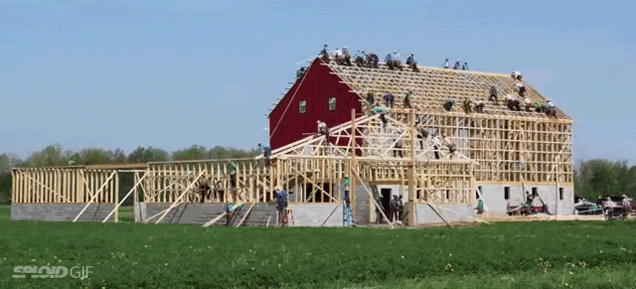To be a pragmatic programmer you need to approach problems keeping an eye on the big picture, we don’t always have to create the best software, but sometimes we have to, also, sometimes we need to adapt to the changes, but that’s not always the case, the point that I’m trying to get here is… Continue reading Don’t blame your cat, talk to your duck (includes chapter 1 The Pragmatic Programmer | from journeyman to master)
Category: Book Review
How pragmatic are you?, introduction
This post is an introduction for “The Pragmatic Programmer” from Andrew Hunt and David Thomas, and the authors said it’s intended for people who want to become more effective and productive programmers. For people who want to do, they stated that this isn’t a theoretical book, but a practical one, a way to gain experience… Continue reading How pragmatic are you?, introduction
Found it (includes chapter 15 Software Project | Survival Guide)
System testing goes almost along construction, as you should make a system test before and after you are trying to integrate new code into the project. But, how can you test your project? If you have been following the guides from chapter to chapter, you should have a user interface and a user manual by… Continue reading Found it (includes chapter 15 Software Project | Survival Guide)
Build it guys (includes chapter 14 Software Project | Survival Guide)
Construction is the stage where software comes to life. If previous stages have been done well, this will go smoothly, as features are added incrementally, the team should be able to test them and track the progress of the project. The team should keep the focus on simplifying the software. Constructing can either be fun… Continue reading Build it guys (includes chapter 14 Software Project | Survival Guide)
Just as a checklist (includes chapter 13 Software Project | Survival Guide)
On this chapter, detailed design was discussed, it can affect the whole project and it extends design work done during the architecture stage. During stage 1, detailed design requires verifying the quality of the architecture, if it has bad quality, it’s time to correct it. Detailed design also uses a staged approach, at each stage… Continue reading Just as a checklist (includes chapter 13 Software Project | Survival Guide)
Stage by stage (includes chapter 12 Software Project | Survival Guide)
Staged planning is something that is done at the start of every staged delivery cycle, where the project team creates an individual stage plan for each stage. It describes how to conduct detailed design, coding, technical reviews, tests, integration, and other activities. When doing the plan for a stage, use mini milestones, they help you track progress… Continue reading Stage by stage (includes chapter 12 Software Project | Survival Guide)
Prepare for it (includes chapter 11 Software Project | Survival Guide)
When doing the final preparations, the team is ready to create estimates and develop a plan for the critical functionality delivery. In other words, what needs to be done is this: Create estimates for: effort, cost, and schedule. Estimates must be written, and they should include time for all normal activities, from coding, to being… Continue reading Prepare for it (includes chapter 11 Software Project | Survival Guide)
Software architecture (includes chapter 10 Software Project | Survival Guide)
Chapter ten of McConnell’s book talks about the software architecture document, which describes the program organization, having a good software architecture means that your project will be an easy one, on the other hand, if you have a bad software architecture you shouldn’t even try it, chances are it will fail. During this phase is when the… Continue reading Software architecture (includes chapter 10 Software Project | Survival Guide)
Do it right (includes chapter 9 Software Project | Survival Guide)
Chapter 9 of the book talks about quality assurance, but, why is it important? The answer is quite simple, if you keep defects under control you’ll develop faster, and your costs will go down. Getting support for poorly planned software costs a lot, and raising a project on a shaky base won’t work either, maintainance… Continue reading Do it right (includes chapter 9 Software Project | Survival Guide)
What Do You Want (includes chapter 8 Software Project | Survival Guide)
This chapter of the book talks about requirements development, basically asking the needs of the customer and transforming them into specifications. This consists of three main activities, gathering, specifying and analyzing requirements, The thing is that you don’t actually go with the customer and instantly gather the requirements, you need to help the customer realize… Continue reading What Do You Want (includes chapter 8 Software Project | Survival Guide)









